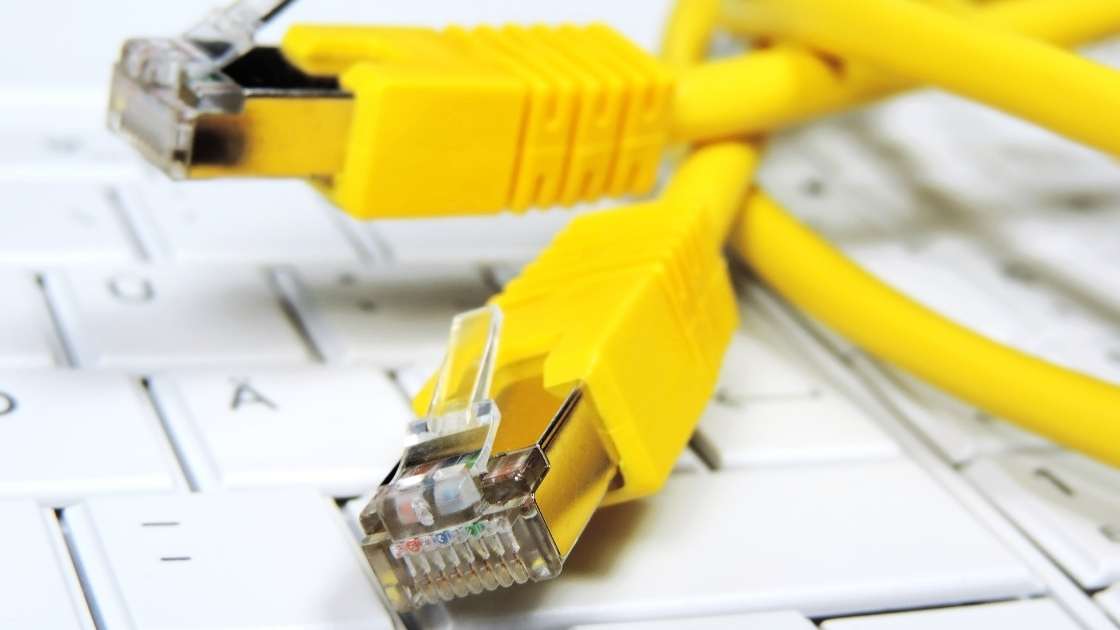In today’s digital age, having a reliable and fast internet connection is essential for many households. Ethernet is a wired network technology that offers significantly higher speeds and stability compared to Wi-Fi. If you’re considering upgrading your home network with Ethernet, it’s important to factor in the cost of running Ethernet through your house.

Image: yardandgardenguru.com
The cost of running Ethernet through a house can vary depending on several factors, including the size of your house, the number of rooms you want to wire, the type of cabling you choose, and the labor costs in your area. Here’s a breakdown of the typical costs involved:
Materials
- Ethernet cable: Cat5e or Cat6 Ethernet cable is typically used for home networking. Cat5e cable costs around $0.10 to $0.20 per foot, while Cat6 cable ranges from $0.15 to $0.30 per foot.
- Ethernet jacks: Each Ethernet jack costs around $1 to $5.
- Patch panel (optional): A patch panel is used to organize and terminate Ethernet cables in a central location. It costs around $10 to $50.
Labor
The labor cost to run Ethernet through your house will depend on the complexity of the installation and the rates charged by the electrician or contractor. On average, expect to pay around $50 to $150 per hour for labor.
Cost Per Room
As a general estimate, the cost to run Ethernet through a single room is around $100 to $250. This includes the cost of materials and labor. For a larger house with multiple rooms, the total cost can range from $500 to $2,000 or more.

Image: houseneedy.com
Additional Costs
In addition to the materials and labor costs, there may be additional expenses to consider:
- Permits: In some areas, you may need to obtain a permit before running Ethernet through your house. The cost of a permit varies by location.
- Tools: If you’re planning to do the installation yourself, you may need to purchase tools such as a crimping tool and a cable tester.
- Troubleshooting: If you encounter problems with your Ethernet installation, you may need to hire an electrician to troubleshoot and repair the issue.
Factors Affecting Cost
The following factors can affect the cost of running Ethernet through your house:
- Size of your house: Larger houses require more cable and labor.
- Number of rooms: The more rooms you want to wire, the higher the cost.
- Type of cabling: Cat6 cable is more expensive than Cat5e cable, but it offers better performance.
- Labor costs: Labor rates vary depending on your location and the experience of the electrician or contractor.
- Complexity of installation: If you have a complex layout or need to run cables through difficult areas, the cost will be higher.
How Much To Run Ethernet Through House
Conclusion
The cost of running Ethernet through your house can vary significantly depending on your specific needs and circumstances. By carefully considering the factors discussed in this article, you can get a better estimate of the cost involved and make an informed decision about whether to upgrade your home network with Ethernet.
If you’re looking for a reliable and cost-effective way to improve your internet connectivity, running Ethernet through your house is a great investment. With a wired Ethernet connection, you can enjoy faster speeds, lower latency, and more stable connections for all your devices.